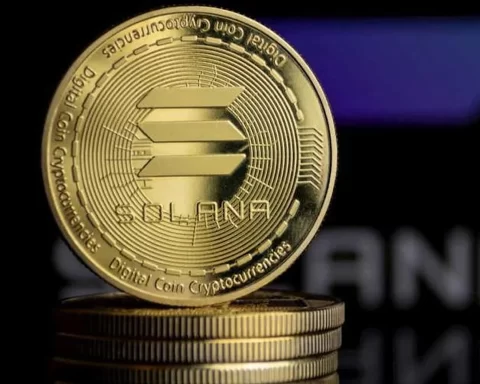The impending Bitcoin halving is anticipated to foster a more sustainable Bitcoin mining network by encouraging the adoption of greener energy solutions.
This shift is motivated by the upcoming reduction in Bitcoin block rewards from 6.25 BTC to 3.125 BTC, amid a rising Bitcoin hash rate.
As profitability for mining firms may decrease, a push towards more efficient, sustainable energy sources is likely.
Matteo Greco, a research analyst at Fineqia International, emphasized the economic forces at play, stating, “This dynamic compels mining companies to optimize capital efficiency and seek cheaper electricity sources, leading to an increasing use of renewable energy in BTC mining.”
Historically, Bitcoin has faced criticism for its substantial energy demands and reliance on fossil fuels. However, a positive trend is emerging; more than half of the network’s energy usage now comes from renewable sources.
Daniel Batten, managing partner of CH4 Capital, noted in the Bitcoin ESG Forecast that since the end of January 2024, renewable energy has constituted over 54.5% of the network’s power.
The design of Bitcoin mining itself promotes greater efficiency, which not only boosts network security but also reduces environmental impact.
Greco further explained, “The BTC mining rewards mechanism inherently drives greater efficiency with each step, enhancing network security, reducing carbon emissions, and promoting research into sustainable block confirmation methods.”
READ MORE: Hong Kong Approves First Spot Bitcoin and Ether ETFs, Aiming to Boost Digital Asset Market
Despite regulations against it, China still plays a significant role in the global Bitcoin mining landscape, contributing about 15% to the global hash rate.
The country has moved away from coal-based, off-grid mining, which is incompatible with its emission goals, and is now predominantly utilizing hydroelectric power, especially during the wet seasons in regions like Xi’an, Wuhan, Beijing, and Xining.
Batten highlighted the financial strategies of retail miners in China, who continue mining at a loss as a means to circumvent the local financial system.
He explained, “They convert Chinese yuan for ASICS and electricity which creates BTC, which gets converted into USD. Many retail miners are happy to take the profitability hit simply to have a way to convert Yuan to USD.”
As the Bitcoin network approaches this halving, the anticipation is that these shifts may not only lead to a leaner, greener mining operation but could also have significant economic and environmental implications globally.
To submit a crypto press release (PR), send an email to sales@cryptointelligence.co.uk.




